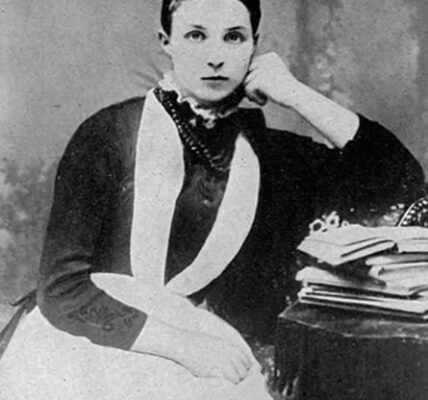-19 Review of “Fourteen Days: A Collaborative Novel” – a compilation of stories inspired by the difficult times of the Covid-19 pandemic.

E
Even our most imaginative and elaborate daydreams are influenced by the limitations of our everyday lives. In fact, the more ordinary our immediate worries, the more alluring the realm of imagination becomes. The narratives we create for ourselves and share with others are a struggle against time, a small attempt to rebel against a world that is both constantly changing and filled with daily demands. Therefore, it is not surprising that when the residents of the run-down Fernsby Arms apartment building in New York City gather on its rooftop during the early days of the pandemic, their stories are filled with themes of death, separation, and loss intertwined with moments of escapism and entertainment. These storytellers are trying to pass the time while also fearing that time will be their undoing.
The book Fourteen Days is inspired by Boccaccio’s Decameron, a collection of stories from the 14th century supposedly told by a group of people escaping the Black Death. While the structure of Boccaccio’s work has had a significant impact, there are notable differences. The foreword from the Authors Guild Foundation points out that Boccaccio’s characters fled to the countryside, but in this novel, the main characters are trapped in a city where the wealthy and privileged have already fled. Instead of the bustling noise of people, the streets are filled with the sounds of sirens rushing the sick and dying to overcrowded hospitals.
An interesting aspect of this work is that it was not created by a single author, but rather by 36 writers who were organized by editors Margaret Atwood and Douglas Preston. These writers include well-known names such as John Grisham, Meg Wolitzer, Dave Eggers, and Celeste Ng, as well as the editors themselves. The stories are both anonymous and not; a list at the end of the book reveals the authors of each story, but while reading, the reader will not know who wrote what. I suggest embracing this element of uncertainty and enjoying the surprise, even if it occasionally leads to misidentification (for example, I was certain that a story about a trip to Afghanistan in the 1970s was written by Atwood because I knew she had visited the country during that time period, but I was mistaken).
The ongoing bleakness and uncertainty of the early months of 2020 is evident in every aspect; the manager of Fernsby Arms, a young woman frustrated by her inability to reach her elderly father in his nursing home, monitors the daily increase in Covid cases and fatalities in New York, jotting them down in the empty pages of the previous manager’s large ledger. The notes also include information about the residents of the building, referred to by their nicknames such as “Florida”, “Hello Kitty”, “Vinegar”, and “Amnesia”, along with a record of their backgrounds, quirks, and longstanding animosity towards each other.
The inhabitants initially gather on the roof to join in the nightly tradition of making noise with pots and pans to show their appreciation for emergency workers and healthcare workers. Eventually, they start bringing chairs and drinks, and “Eurovision”, a gay resident who was saddened by the cancellation of that year’s competition, sets up a casual gathering spot. To attend, one must share a story, which is secretly recorded and later written down in a large book by the inquisitive supervisor.
Tales of ghosts are intertwined with stories of lost love, while humorous anecdotes about shaggy dogs coexist with everyday experiences. Each resident’s narrative, whether intentional or not, provides insight into their character. The book can be seen as a puzzle, similar to Georges Perec’s Life: A User’s Manual, which focuses on apartment life, although with less experimental elements. Despite being created during a difficult period, Fourteen Days is a lively and entertaining work, with a well-paced conclusion in the form of the building’s superintendent’s story. It is an impressive accomplishment.
-
The book “Fourteen Days: A Collaborative Novel” has been released by Chatto & Windus for £20. To show your support for the Guardian and Observer, you can purchase a copy at guardianbookshop.com. Additional fees may apply for delivery.
Source: theguardian.com



